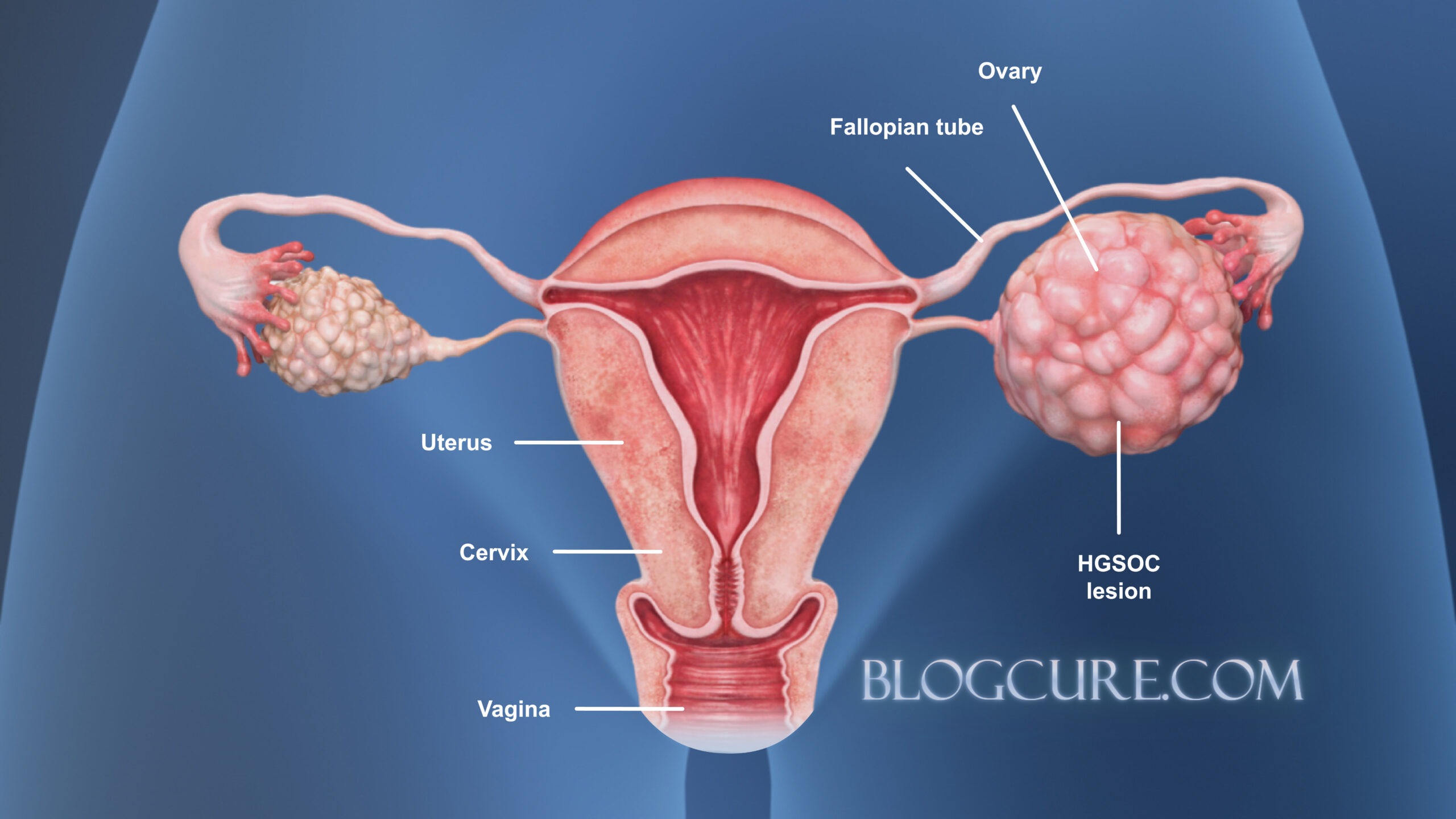
🥗 Comprehensive Nutrition Guide for Stem Cell Transplant Patients: Managing Appetite Loss & Taste Changes
Stem cell transplant patients often experience loss of appetite and altered taste due to chemotherapy, radiation, or immunosuppressive medications. These changes can impact nutrition, energy levels, recovery speed, and overall well-being. This guide provides practical tips, sample meal plans, and expert advice to help you maintain adequate nutrition and enjoy your meals.
👅 Understanding Taste and Appetite Changes
Taste changes after stem cell transplantation are very common. Understanding them can help you manage meals more effectively:
| Icon | Taste Change | Description | Why It Happens | Tips to Manage |
|---|---|---|---|---|
| 🥄 | Metallic taste | A bitter or metallic flavor in the mouth | Certain chemotherapy drugs or mouth sores | Use plastic utensils, rinse mouth before meals, avoid metal cups |
| 🍬 | Reduced taste | Foods taste bland or less flavorful | Damage to taste buds or temporary inflammation | Use herbs, spices, or mild condiments, try strong flavors |
| 🤔 | Altered taste | Sweet foods taste bitter, salty foods taste different | Medication side effects or mucositis | Experiment with different textures and temperatures, try small candies |
| 🫛 | Loss of appetite | Feeling full quickly, reduced desire to eat | Fatigue, nausea, changes in metabolism | Eat small, frequent meals, chew sugar-free gum to stimulate hunger |
⚠️ These taste changes are usually temporary and gradually improve as your body recovers from treatment.
🍽️ Practical Strategies to Stimulate Appetite
Even when your sense of taste is altered, the following strategies can help you eat enough:
- Chew sugar-free gum or suck on small candies: Stimulates taste buds and signals hunger to your brain.
- Eat small, frequent meals: Instead of three large meals, aim for 5–6 smaller portions throughout the day.
- Prioritize energy- and protein-rich foods: These help maintain muscle mass and energy levels. Examples include eggs, yogurt, cheese, legumes, and lean meats.
- Choose your favorite foods first: Comfort and familiar foods can encourage eating.
- Eat with others: Sharing meals with family or friends can make eating more enjoyable and improve appetite.
- Keep foods visually appealing: Bright colors and varied textures may stimulate interest in eating.
- Mind temperature: Some patients prefer cold foods when experiencing nausea, while others prefer warm meals. Experiment to see what works best.
💧 Fluid & Meal Timing Tips

| Tip | Explanation |
|---|---|
| Avoid water or soup immediately before meals | Drinking liquids before or during meals can dilute flavors and reduce appetite |
| Drink fluids between meals | Staying hydrated is important, but spacing liquids away from meals preserves taste |
| Try different food textures | Crunchy, soft, creamy, or smooth textures may make eating easier and more enjoyable |
| Use flavor enhancers | Mild herbs, sauces, lemon juice, or small amounts of sugar can improve taste perception |
🥘 Sample Daily Meal Plan
| Meal | Food Options | Notes & Tips |
|---|---|---|
| Breakfast | 🥚 Scrambled eggs, 🥣 oatmeal with fruit, 🍓 yogurt | Soft textures, naturally sweet and high-protein foods |
| Morning Snack | 🥤 Protein shake, 🍬 small candy | Stimulates taste, provides calories |
| Lunch | 🍗 Grilled chicken, 🥔 mashed potatoes, 🥦 steamed vegetables | Include favorite herbs or sauces for flavor |
| Afternoon Snack | 🧀 Cheese cubes, 🥜 nuts, crackers | Small, frequent portions to prevent fullness |
| Dinner | 🍝 Pasta with tomato sauce, 🐟 fish, 🥕 soft vegetables | Balance protein and energy content |
| Evening Snack | 🍵 Herbal tea, pudding | Gentle on the mouth, easy to digest |
💡 Tip: If your appetite is very low, fortified smoothies, milkshakes, or meal replacement drinks can provide extra calories and protein without requiring large portions.
🩺 Supporting Nutrition with Supplements
Some patients may benefit from nutritional supplements during recovery:
- High-protein powders (whey, soy, or plant-based)
- Calorie-dense shakes if weight loss is significant
- Multivitamins only if recommended by your healthcare team
⚠️ Always consult your dietitian or healthcare provider before starting any supplement.
👩⚕️ When to Contact a Dietitian
Reach out to your dietitian if you notice:
- Persistent loss of appetite or refusal to eat
- Significant weight loss over a short period
- Difficulty chewing, swallowing, or digesting food
- Ongoing taste changes affecting nutrition
Your dietitian can create a personalized meal plan, suggest suitable supplements, and provide guidance on safe and enjoyable foods.
✅ Key Takeaways
- Taste and appetite changes are common but temporary after stem cell transplant.
- Small, frequent meals and favorite foods help maintain nutrition.
- Plastic utensils, sugar-free gum, and flavor enhancers can improve the eating experience.
- Hydration between meals helps maintain energy without diluting flavors.
- Dietitian guidance ensures a safe and tailored nutrition plan for recovery.
❓ Frequently Asked Questions (FAQ) – Nutrition After Stem Cell Transplant
1. Why do I lose my appetite after a stem cell transplant?
Loss of appetite is a common side effect of chemotherapy, radiation, and immunosuppressive medications used during stem cell transplant. These treatments can affect your taste buds, cause nausea, fatigue, and change how your body signals hunger.
2. Why do foods taste different or metallic after transplant?
Altered taste perception is common post-transplant. Foods may taste metallic, bitter, or bland due to medications, mouth sores, or temporary changes in taste buds. This usually improves gradually as your body recovers.
3. How can I stimulate my appetite if I don’t feel hungry?
- Chew sugar-free gum or suck on small individually wrapped candies.
- Eat small, frequent meals instead of large portions.
- Focus on high-protein and energy-rich foods.
- Eat with family or friends to make mealtimes more enjoyable.
4. Which foods are best if my taste is altered?
- Soft, easy-to-chew foods: eggs, yogurt, mashed potatoes
- Strongly flavored foods: herbs, mild spices, sauces
- Favorite foods that are familiar and comforting
- Avoid foods that taste particularly bitter or metallic
5. Should I avoid drinking water or soup before meals?
Yes. Drinking liquids immediately before or during meals can dilute flavors and reduce appetite. Instead, drink fluids between meals to stay hydrated without affecting taste.
6. Can I still enjoy my favorite foods?
Absolutely. Eating your favorite foods is encouraged, even if small portions, to maintain nutrition and make meals enjoyable. Adjust texture, temperature, or seasoning if needed.
7. When should I see a dietitian?
Contact your dietitian if you experience:
- Persistent appetite loss
- Significant weight loss
- Difficulty chewing or swallowing
- Ongoing taste changes affecting nutrition
A dietitian can personalize your meal plan and suggest supplements if needed.
8. Are taste changes permanent after stem cell transplant?
No. Most taste changes are temporary and gradually improve as your body recovers from treatment. Some foods may taste different for several weeks, but patience and experimenting with flavors can help.
9. Can supplements help if I cannot eat enough?
Yes, but only under professional guidance. High-protein shakes, calorie-dense drinks, or multivitamins (if recommended by your healthcare provider) can support nutrition during recovery.
10. How can I make meals more appealing despite taste changes?
- Use colorful ingredients to improve visual appeal
- Experiment with textures: soft, crunchy, smooth
- Use small amounts of flavor enhancers like herbs, lemon juice, or sauces
- Eat with loved ones for a more pleasant experience








